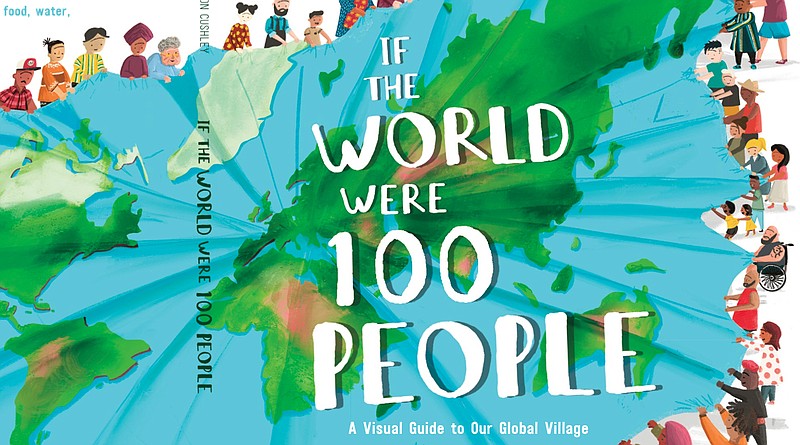“If the World Were 100 People” by Jackie McCann, illustrated by Aaron Cushley (Crown Books for Young Readers, Tuesday), 4-8 years, 32 pages, $17.99 hardback, $10.99 ebook.
Without educational upgrades, the human brain has a problem with magnitudes.
At first, kids measure everything against the world they see. Later, as adults, we measure everything against the world we think we have seen.
This system works well for deciding how many dozen eggs to buy for a family reunion, but it's useless when a citizen confronts opportunities relating to millions, billions, trillions.
At some point, numbers are too big to relate to personal experience; and language helps us avoid noticing our incomprehension. Think about how we use the word "thousands" figuratively: "Thousands of people were in line in front of me." We mean there were too many to count.
Learning to use percentages can help us understand a big picture, even though simplification has drawbacks. This book demonstrates the power of percent to explain a few good-to-know facts about global population, which stands near 7.8 billion people.
Imagine those billions have been scaled down to just 100 people:
86 can read or write — far more than 200 years ago (12).
90 have access to electricity, but 49 don't have internet access.
And every year we waste more than enough to feed our 11 hungry people.
Also, 76 people have brown eyes; nine have blue eyes; five have amber eyes; five have hazel eyes; three have gray eyes; and only two have green eyes.
This picture book will interest kids and might surprise adults.
Read to Me is a weekly review of short books.

